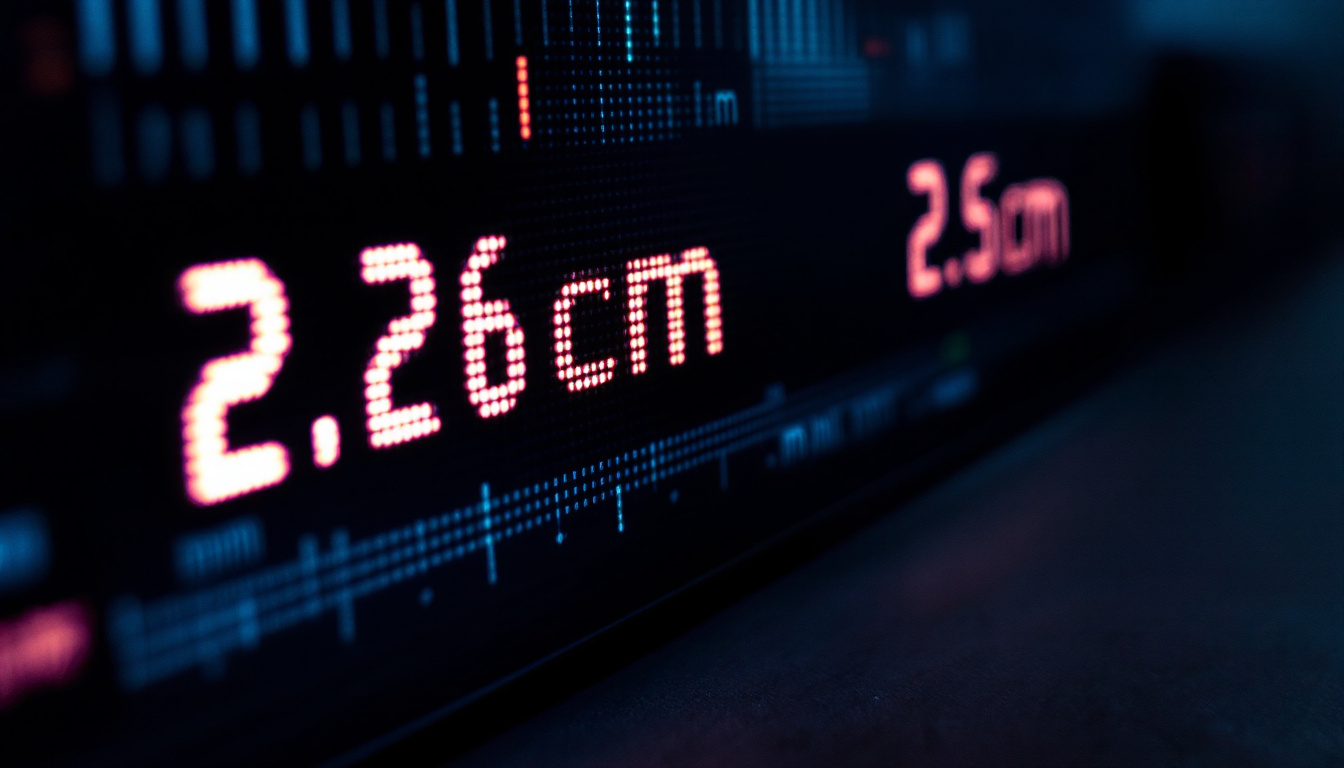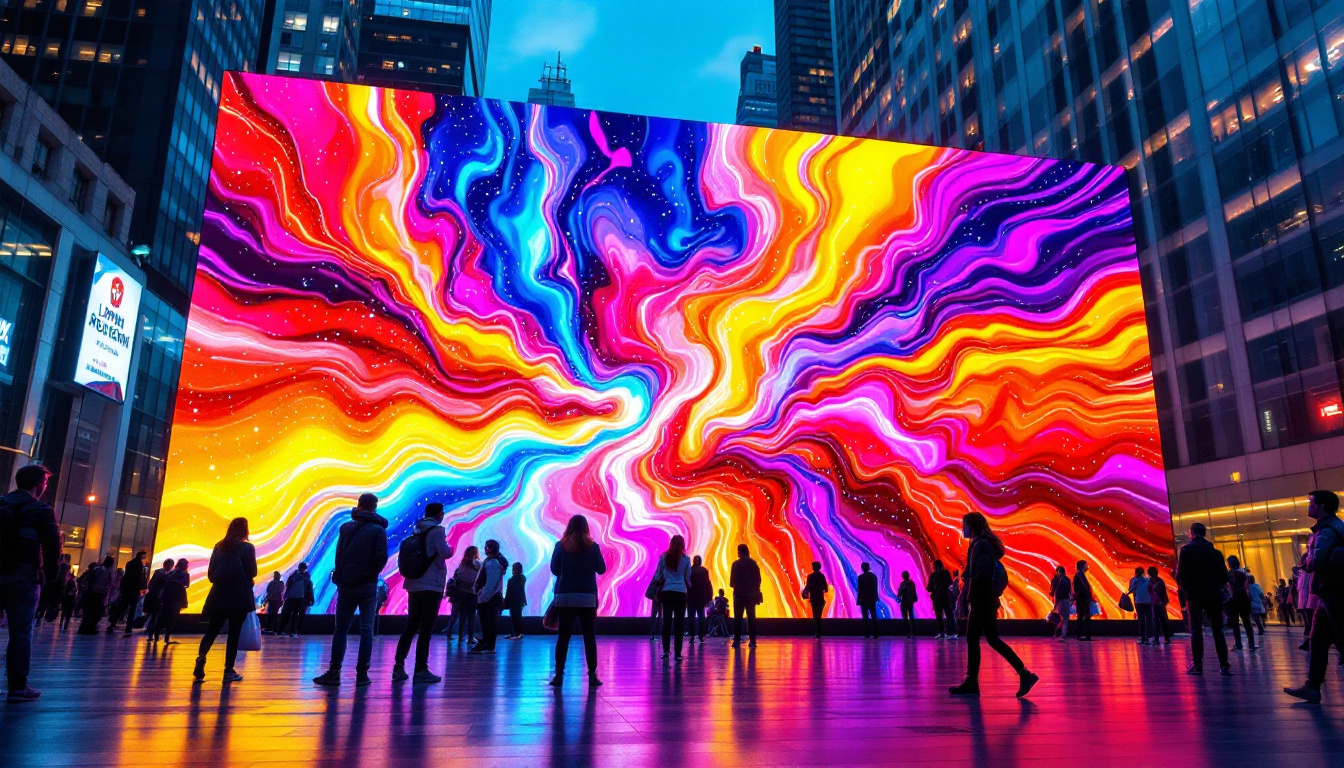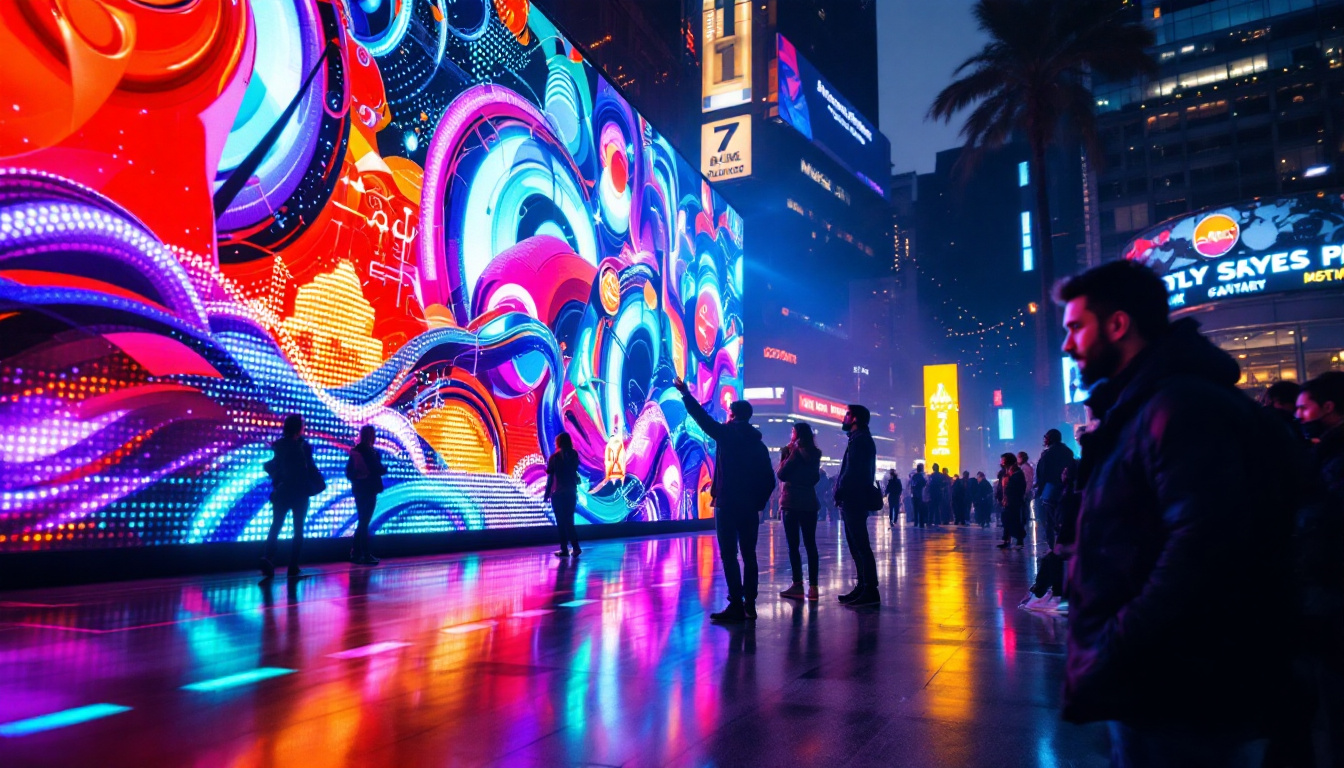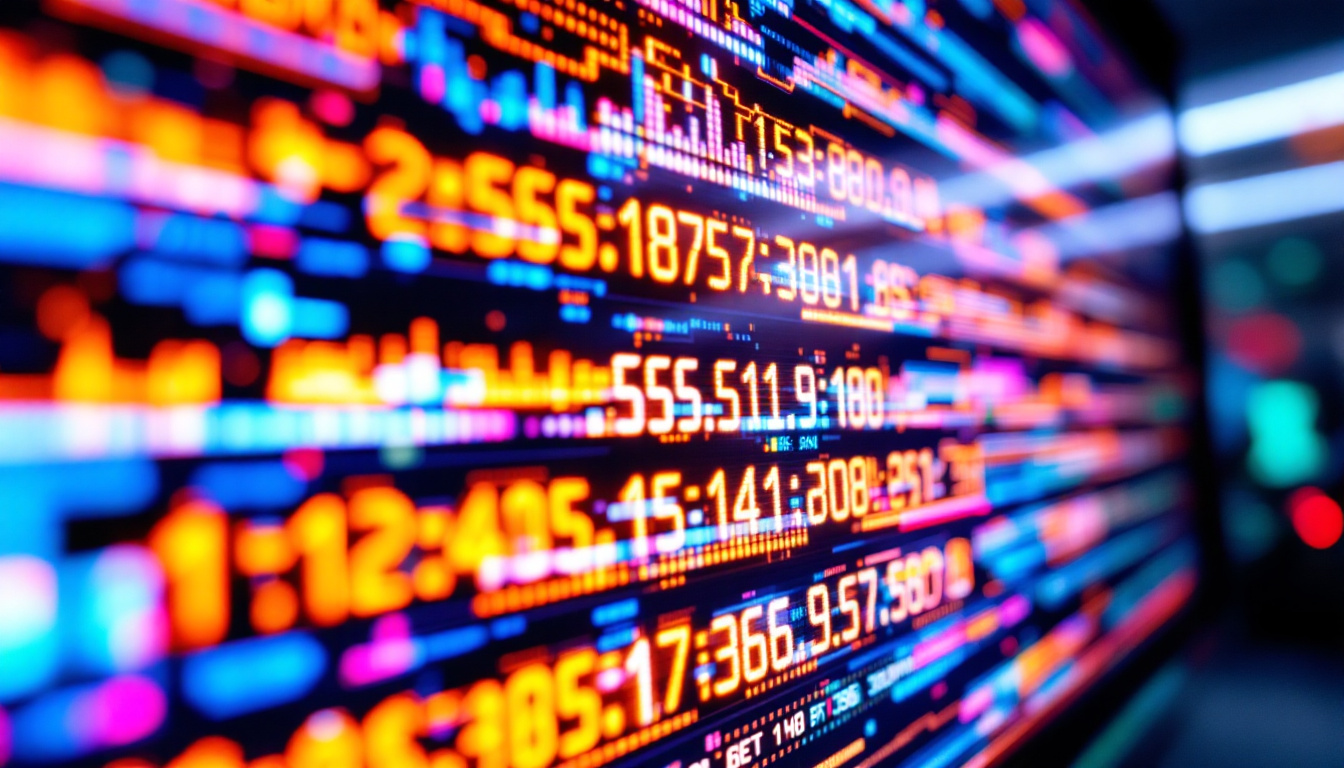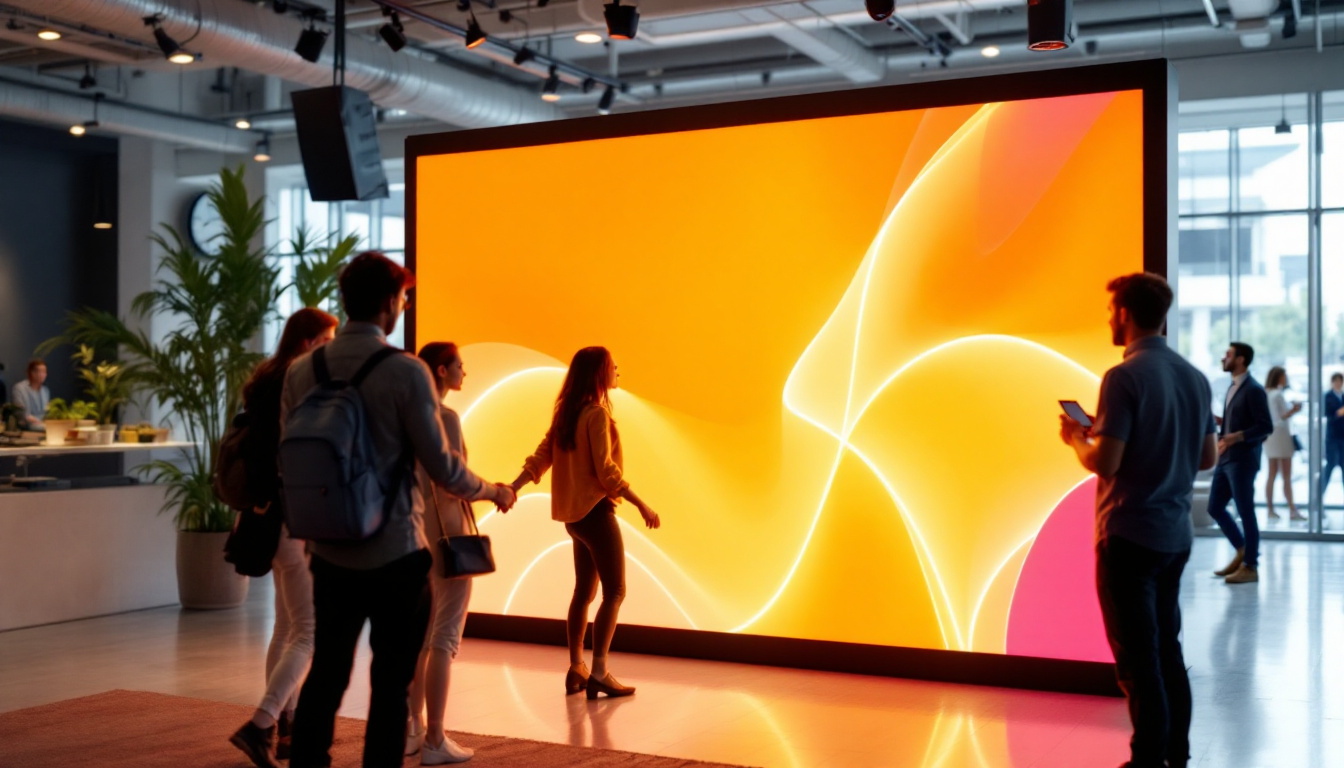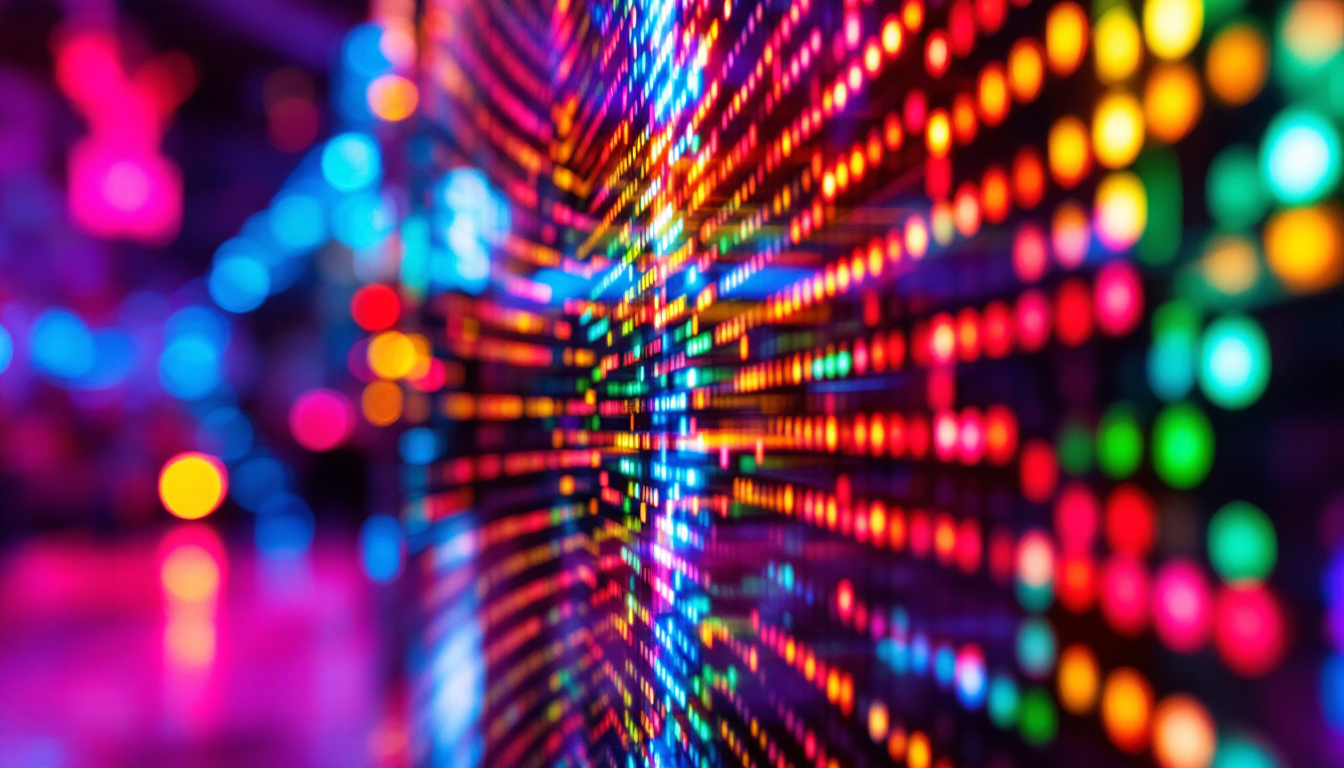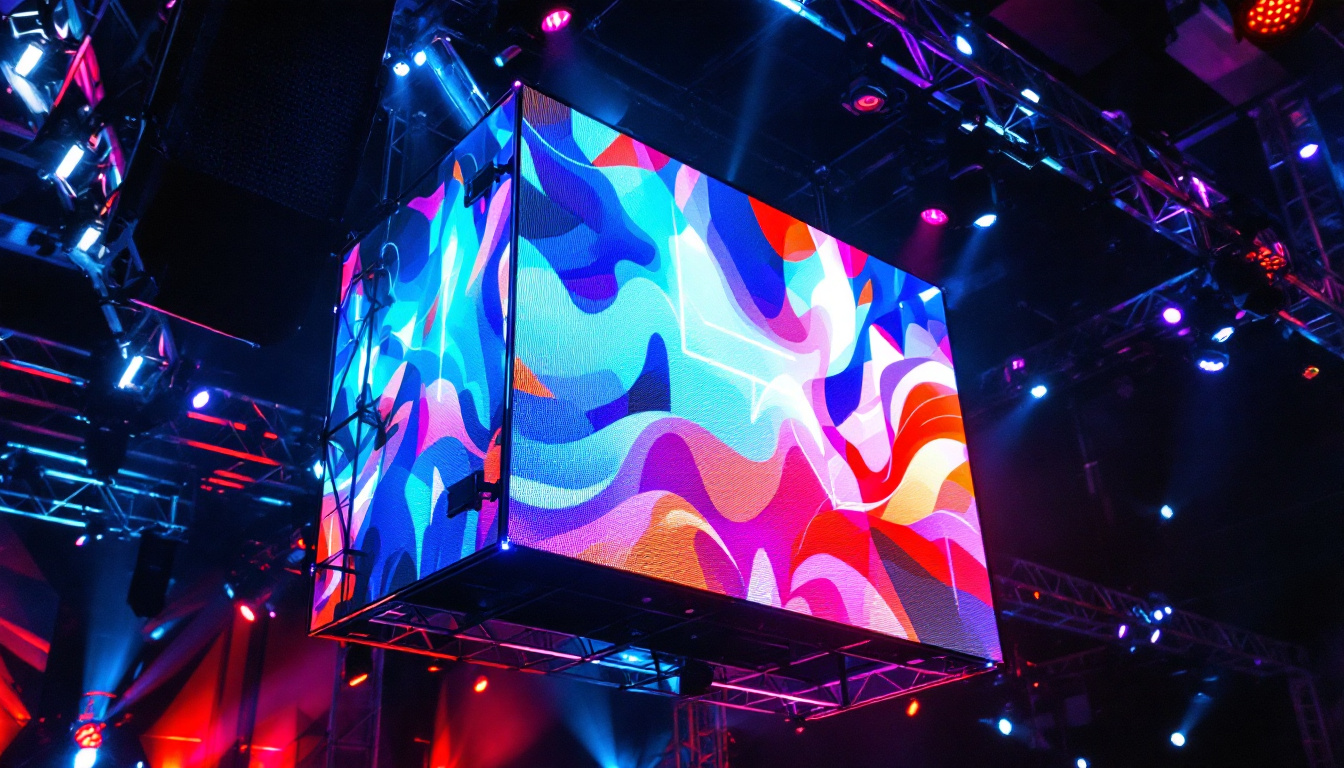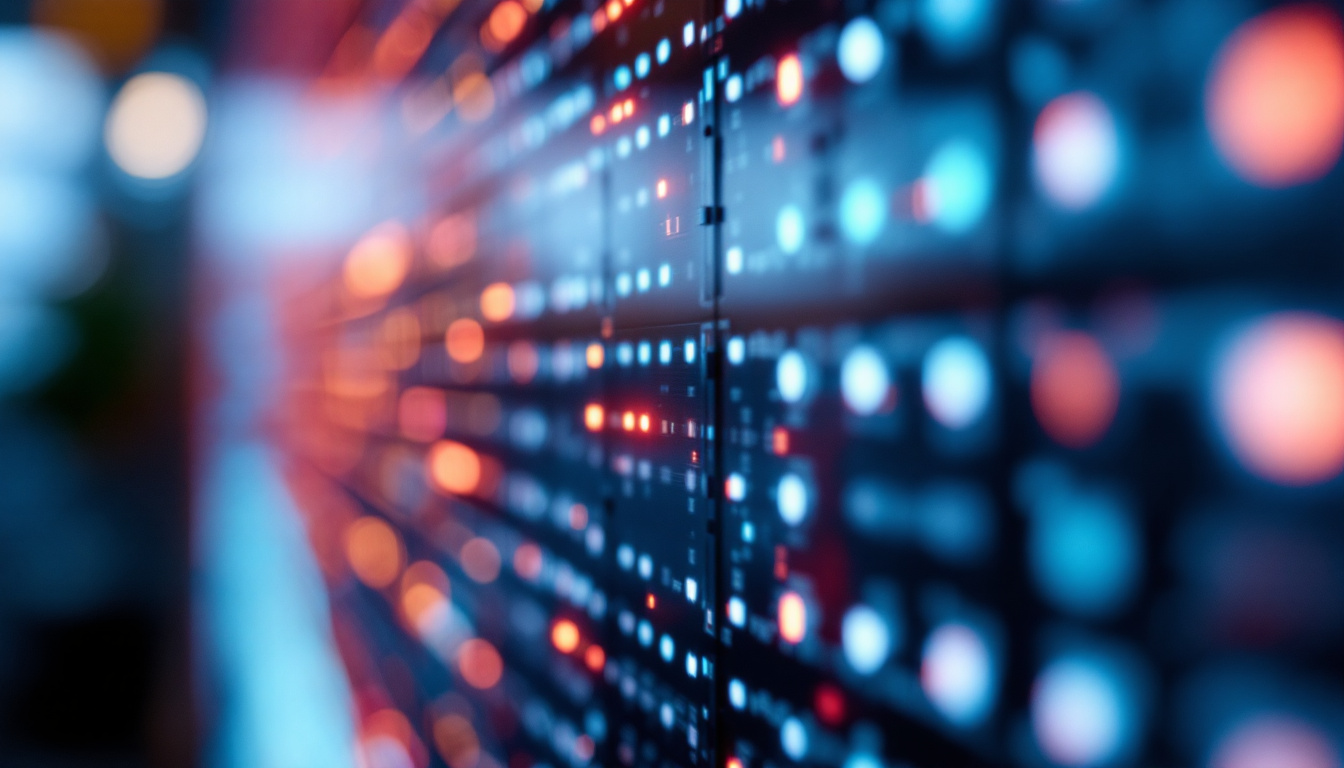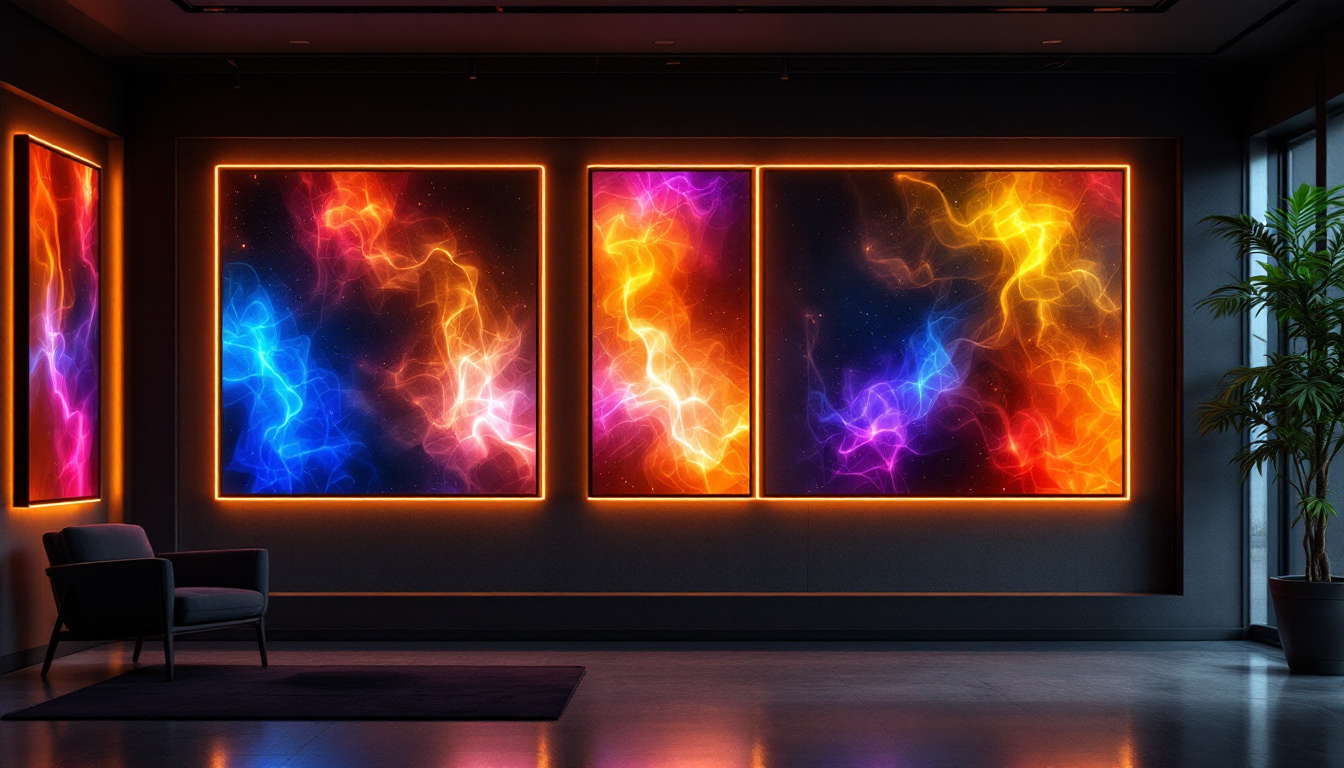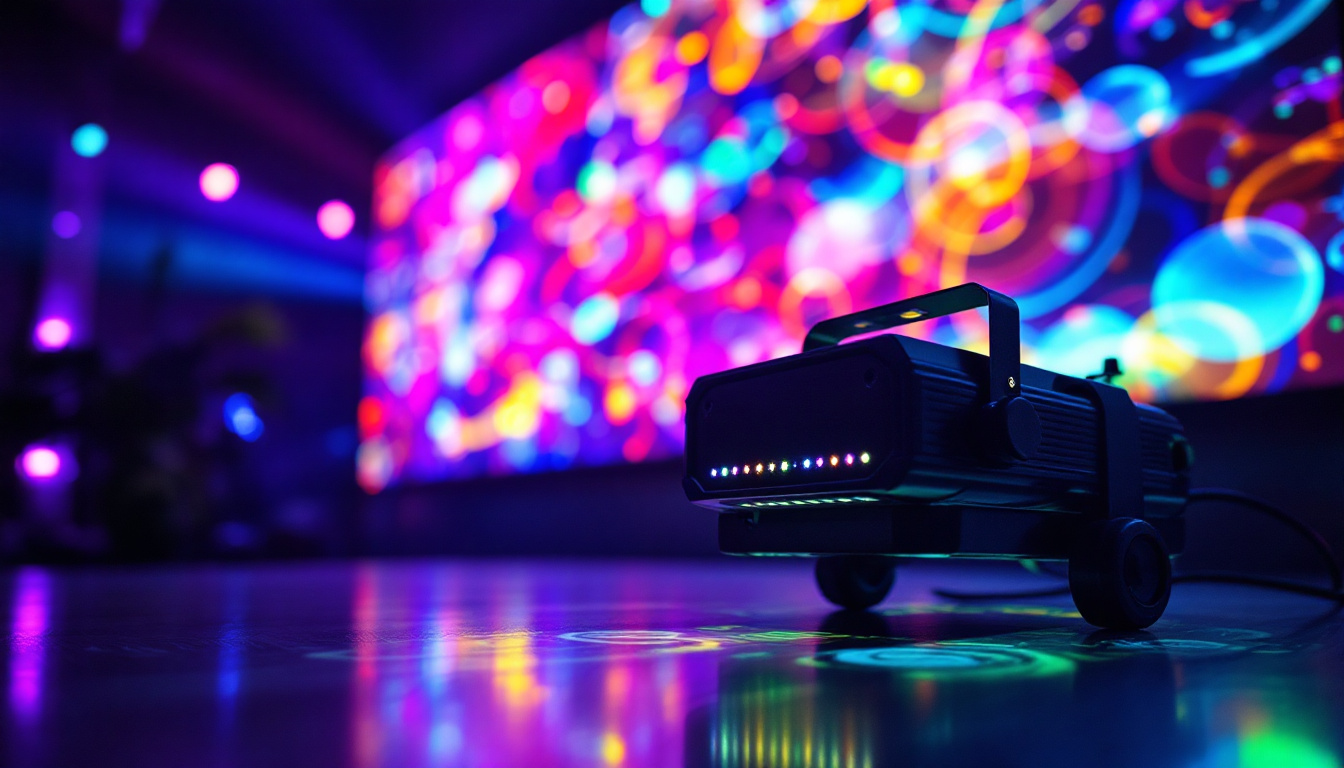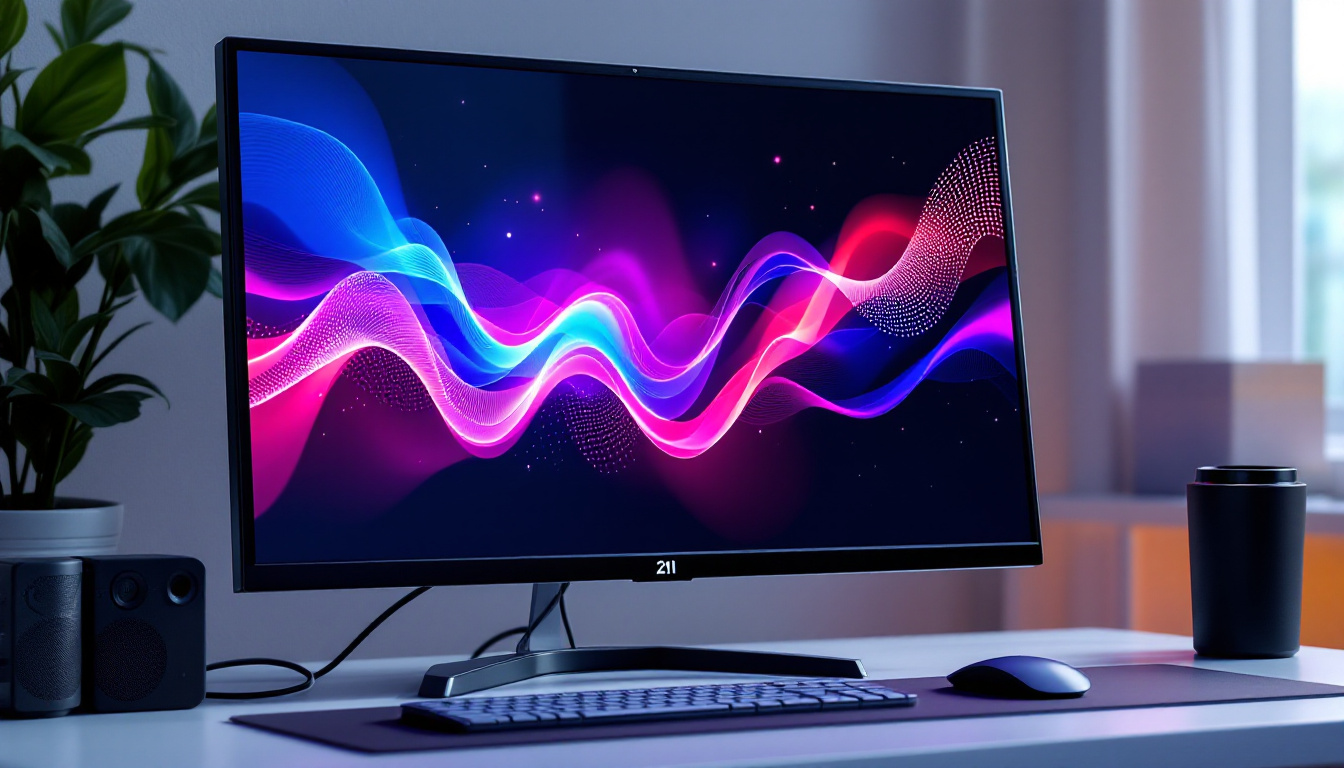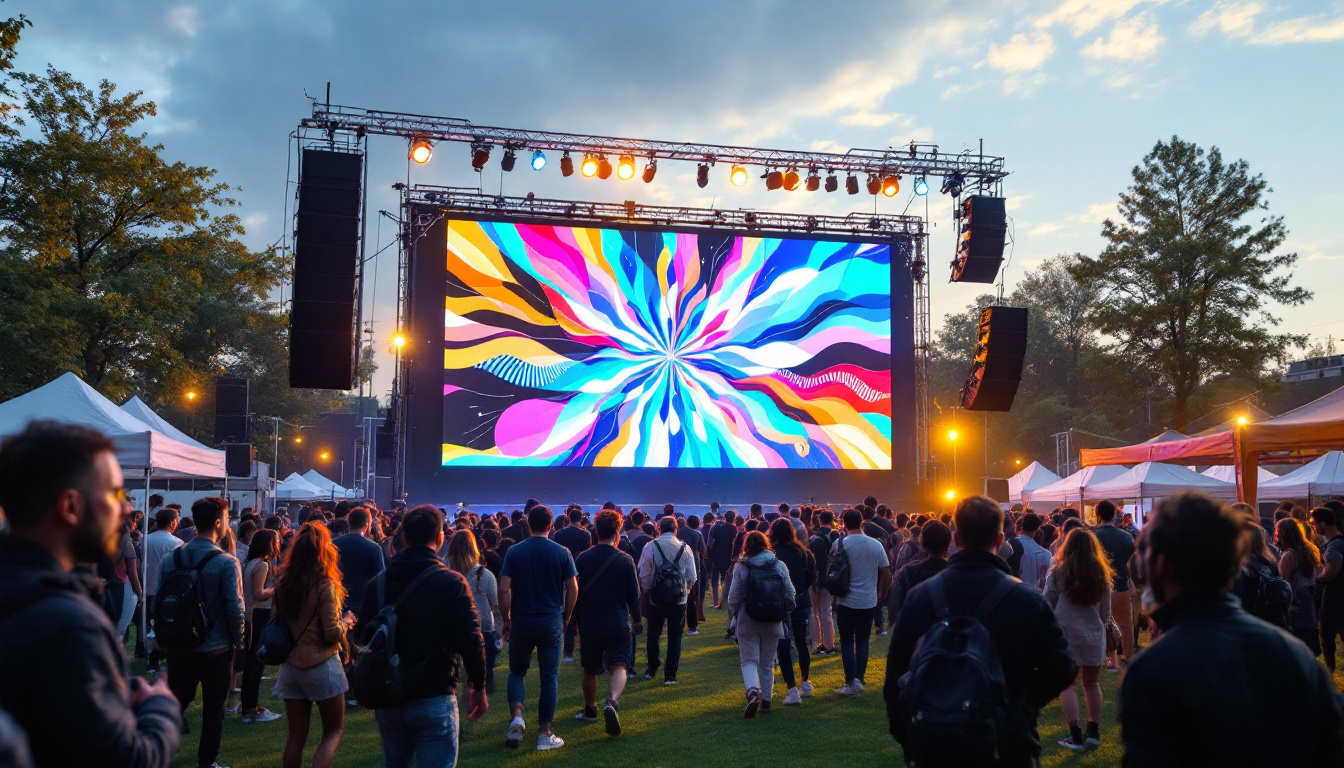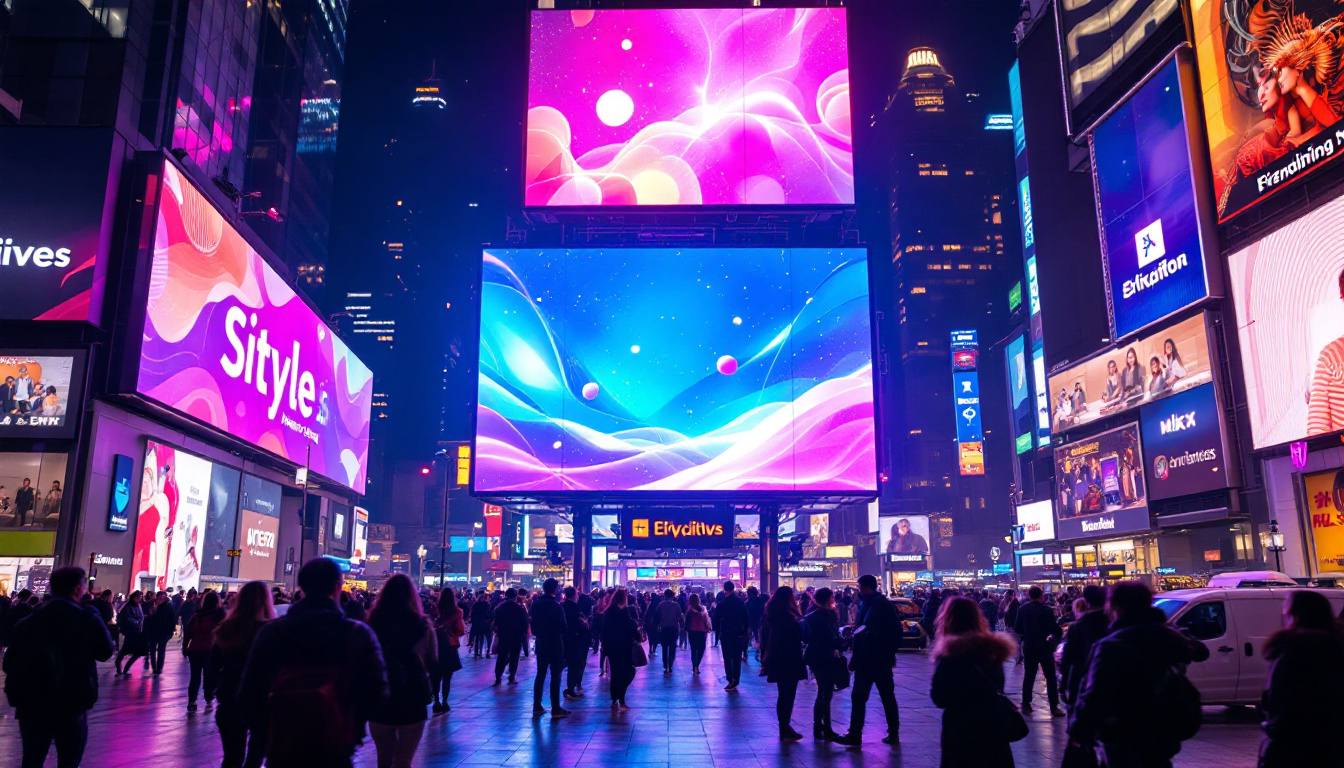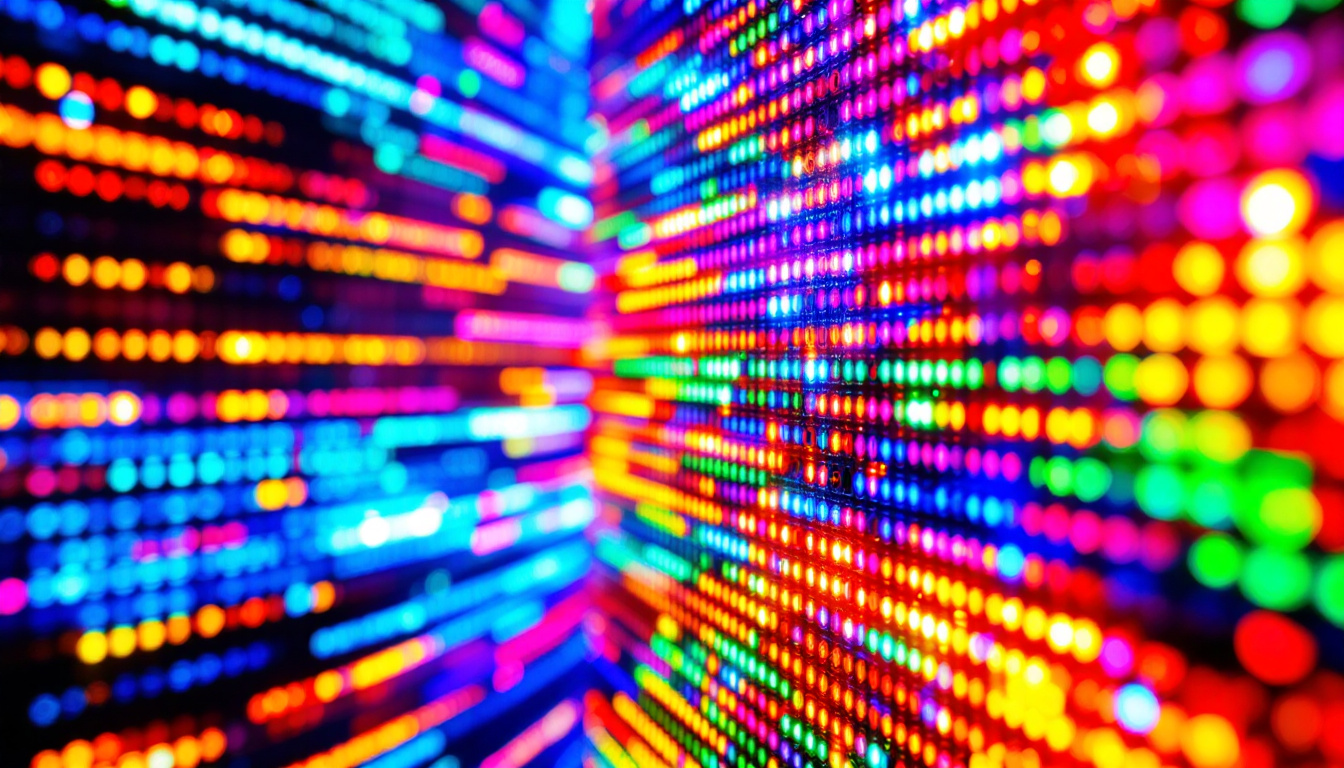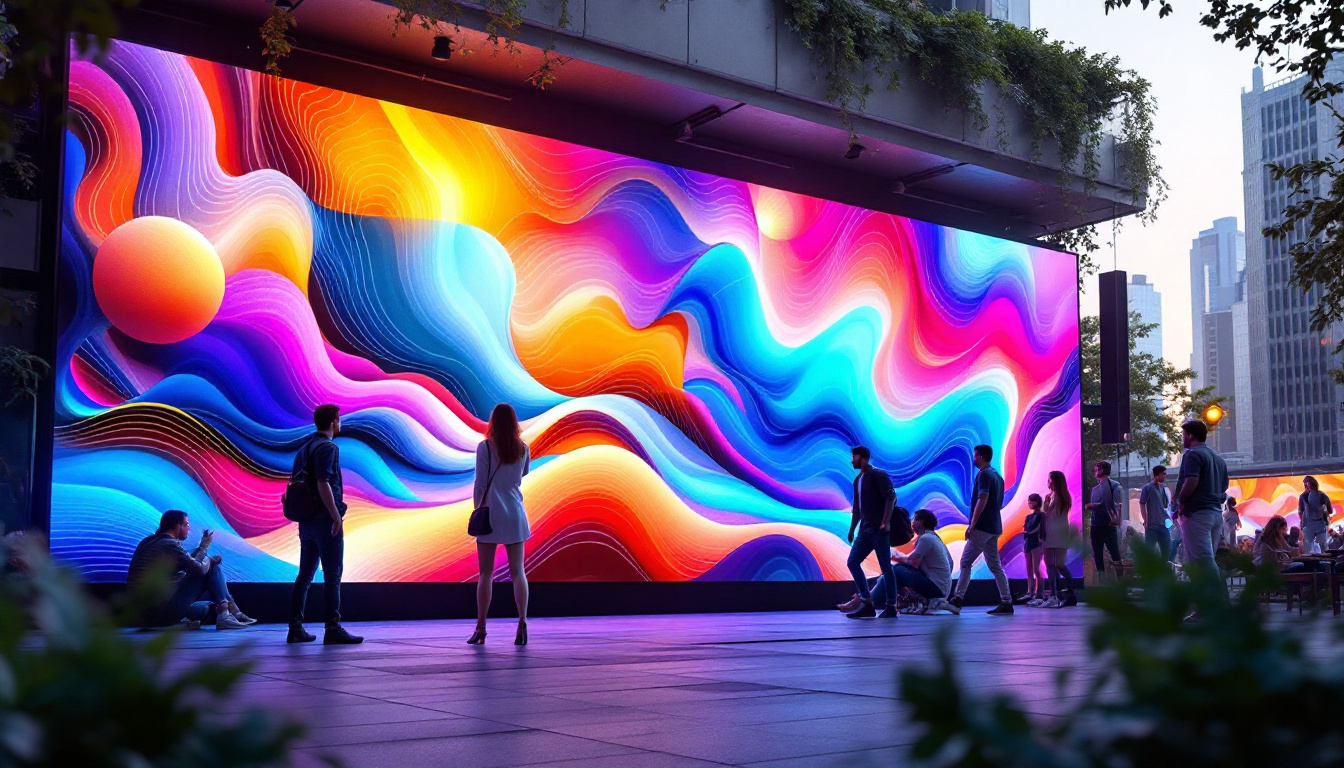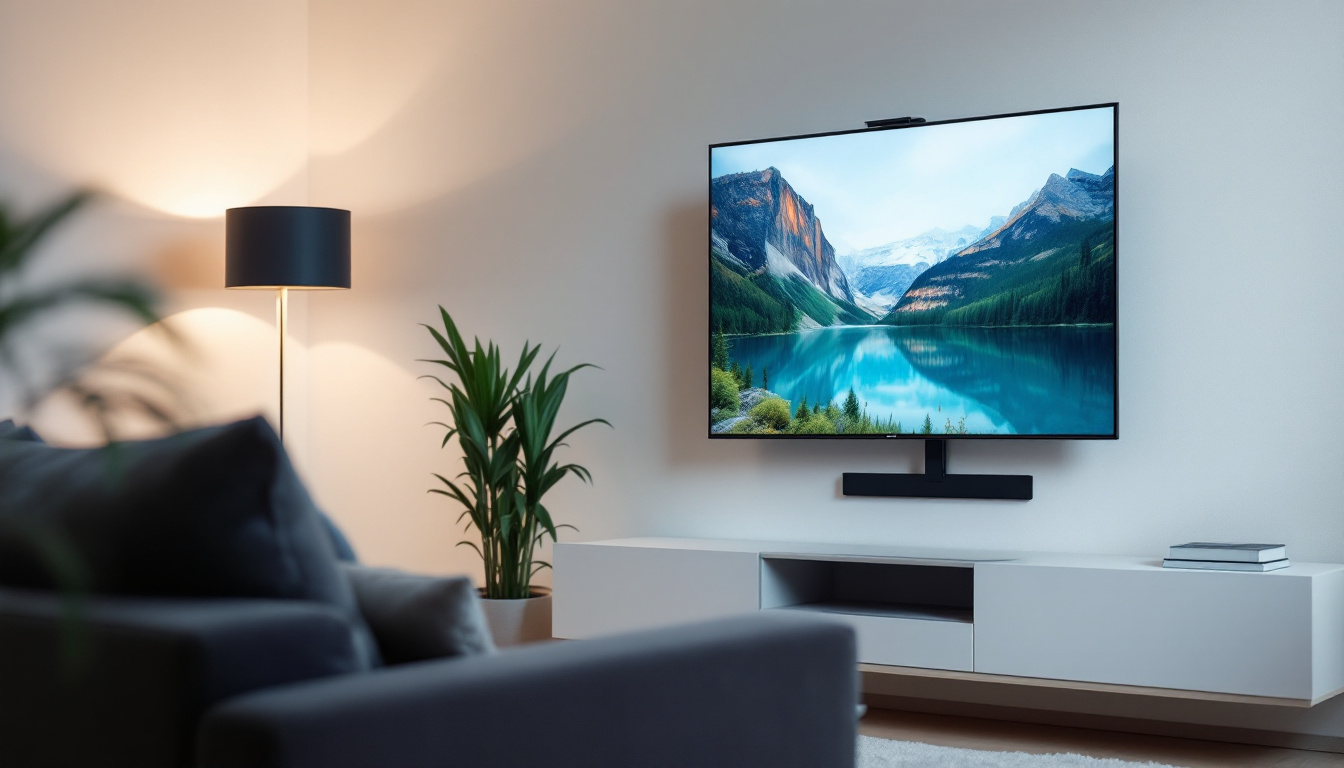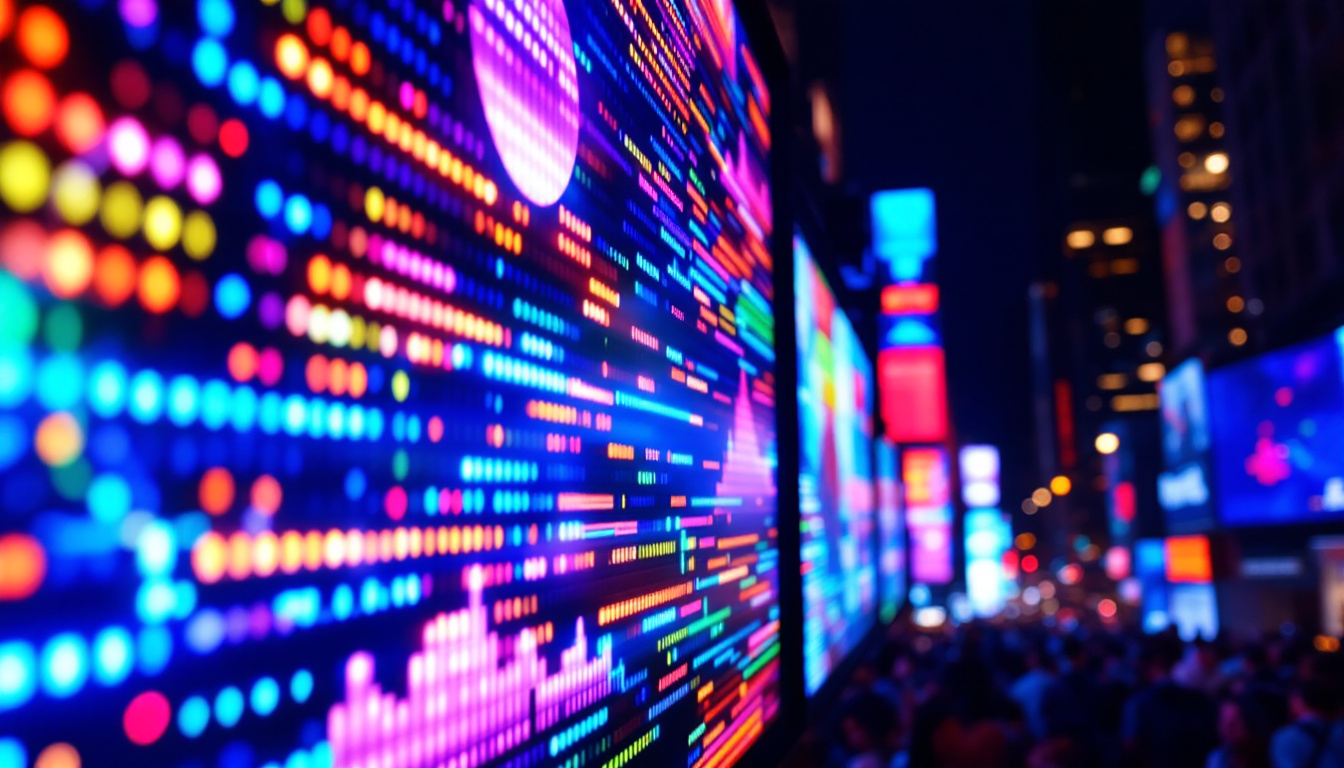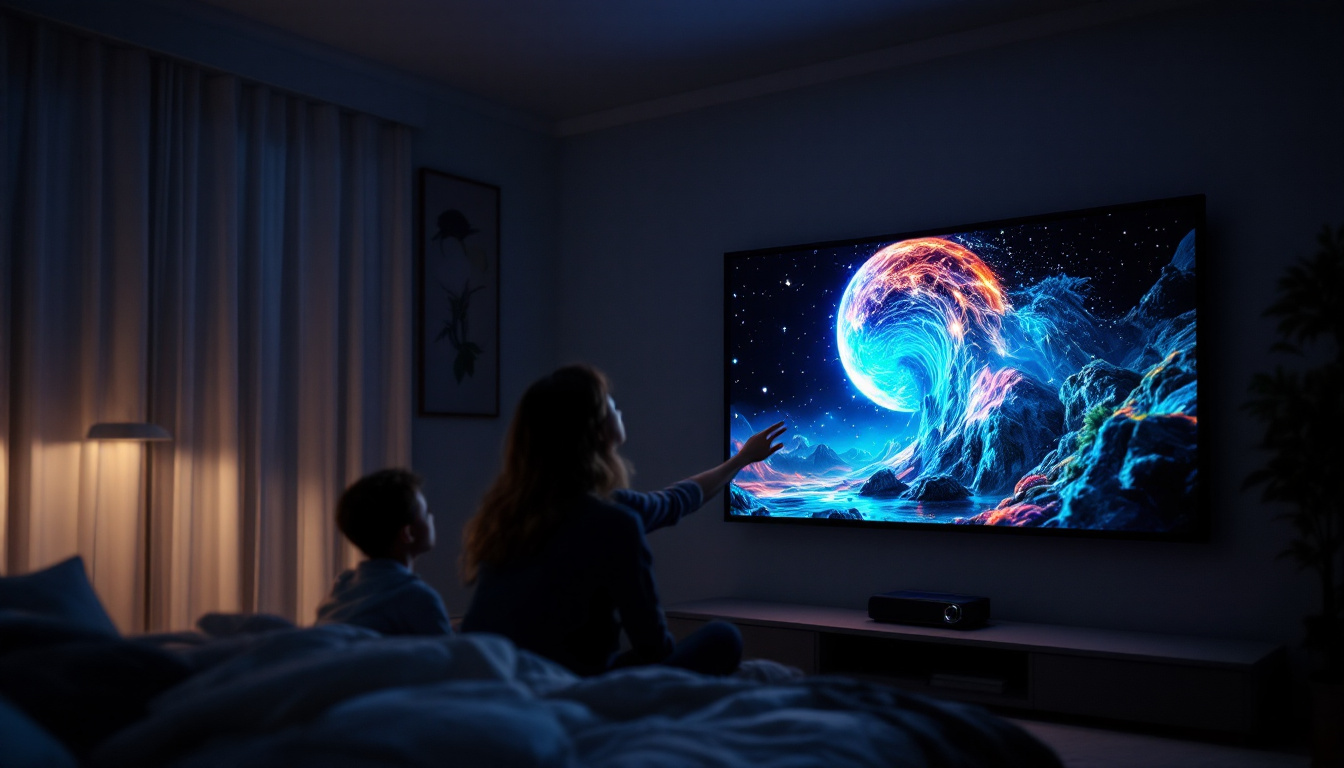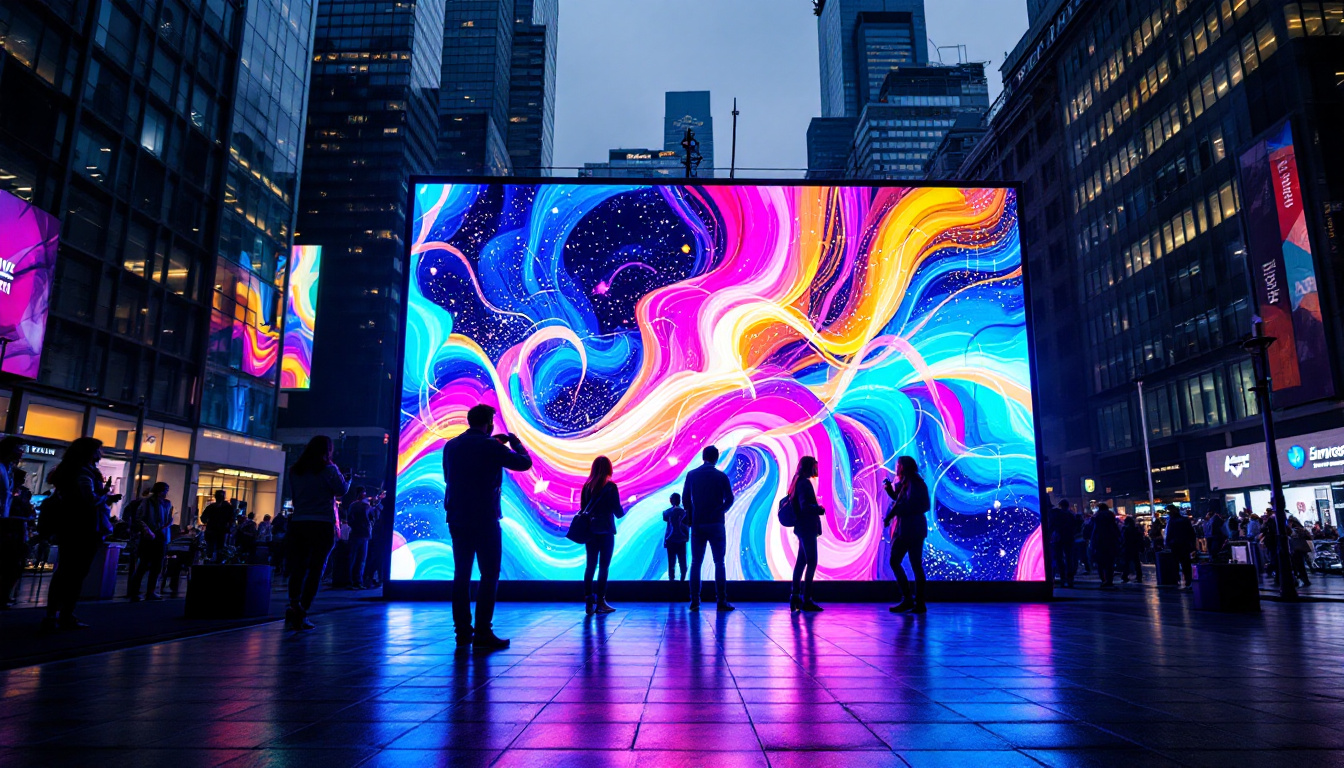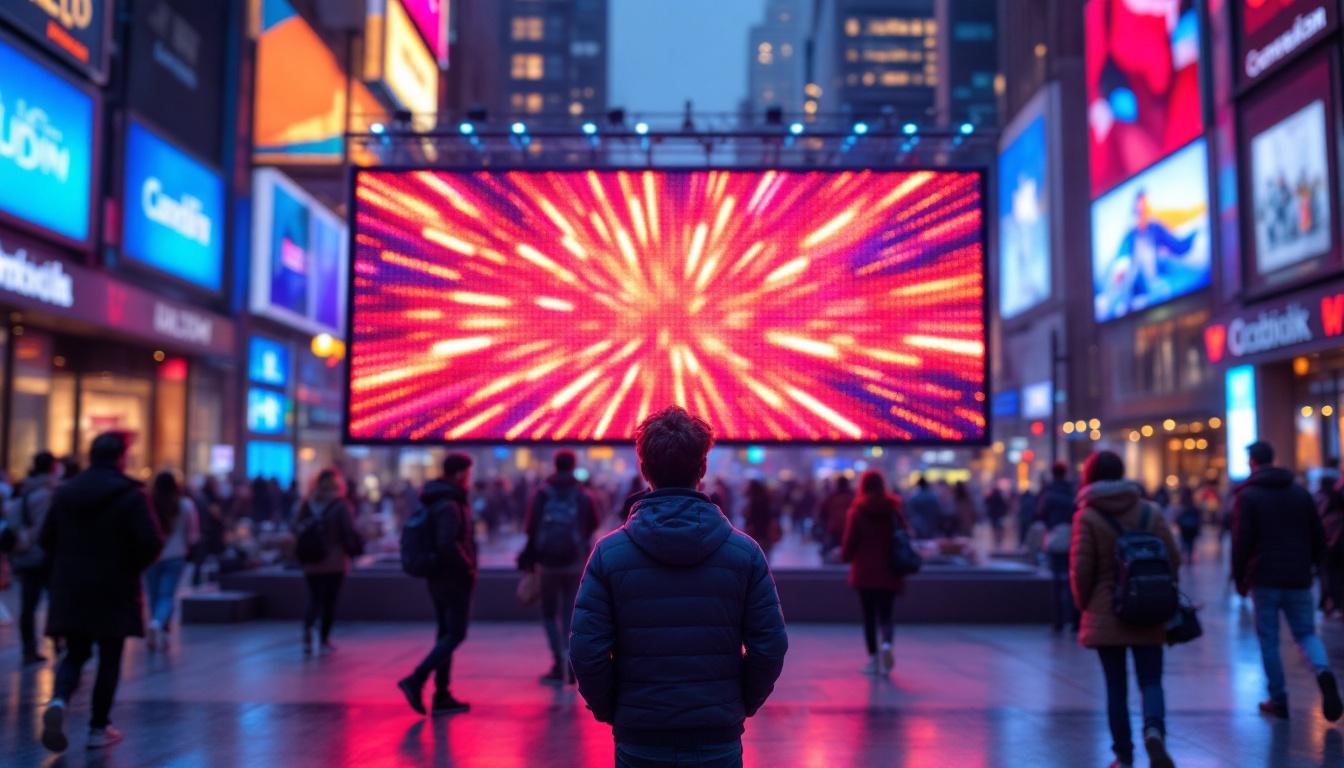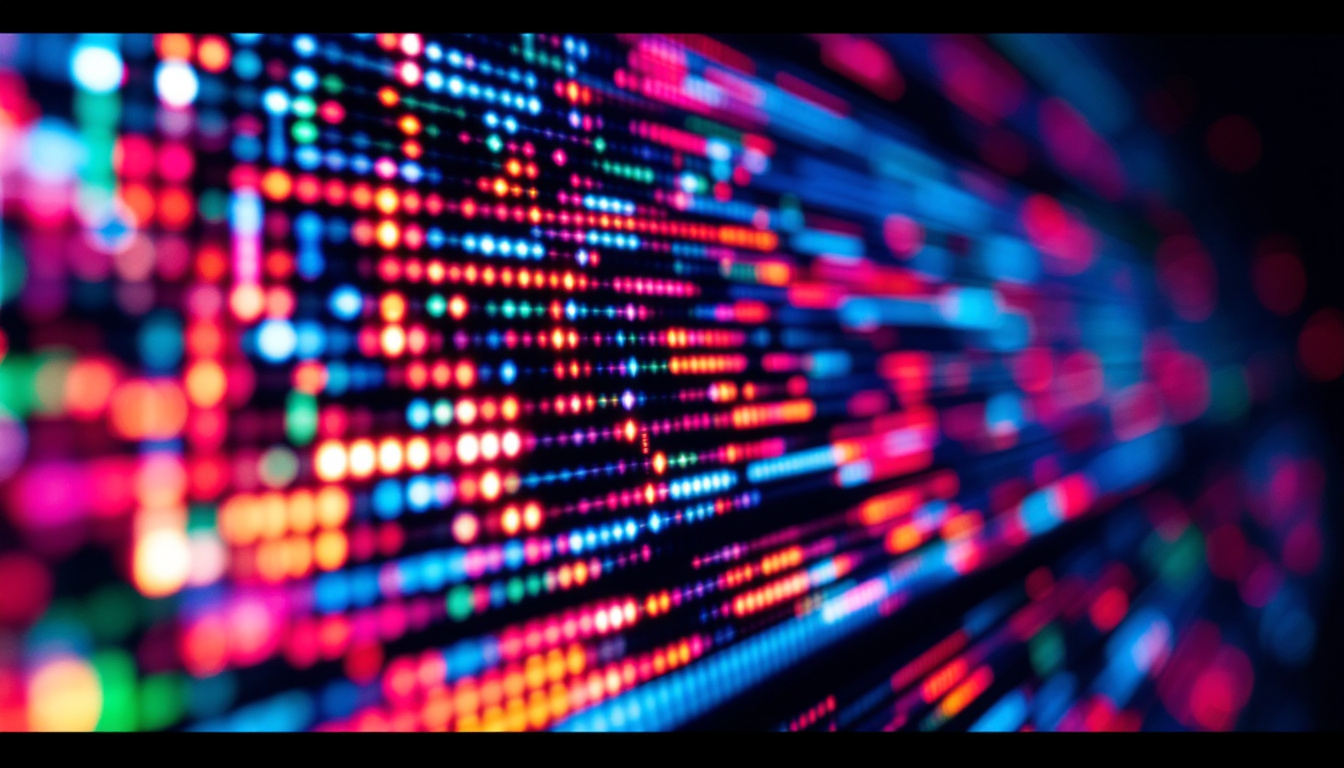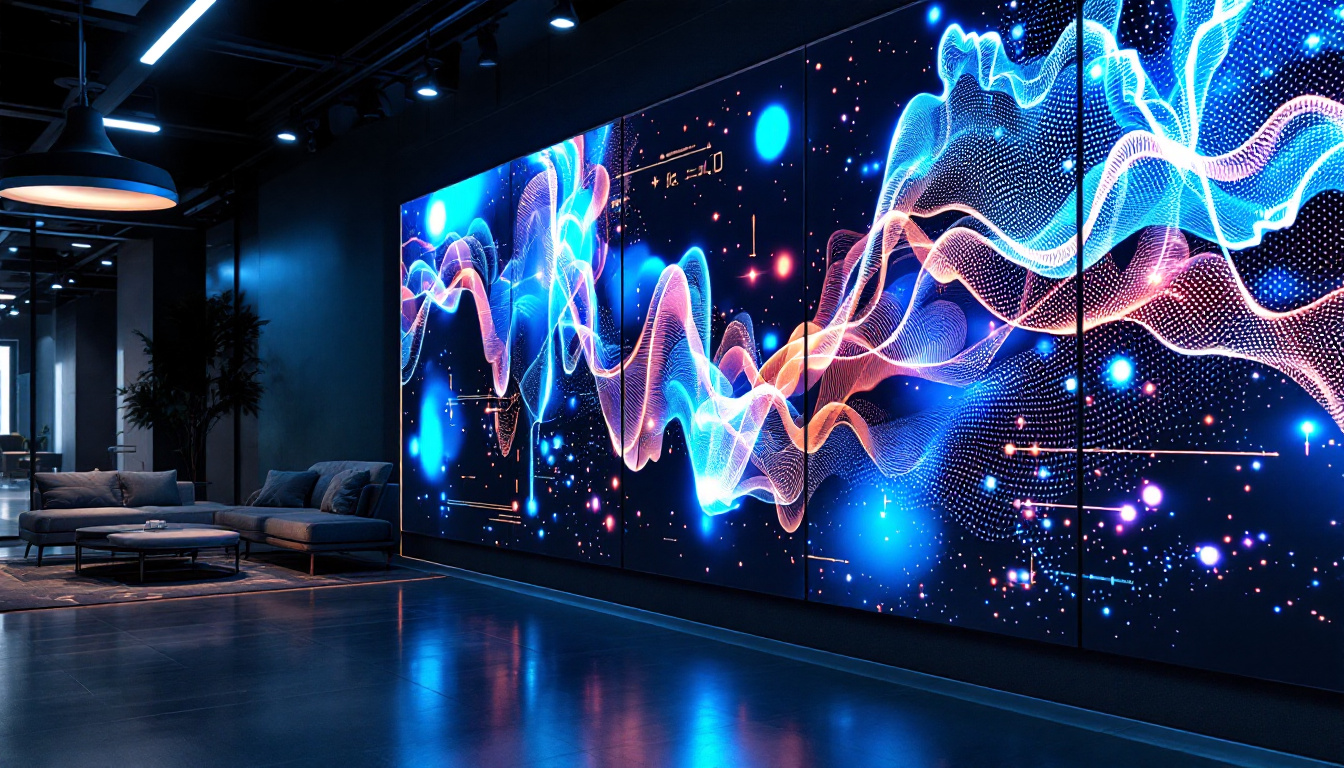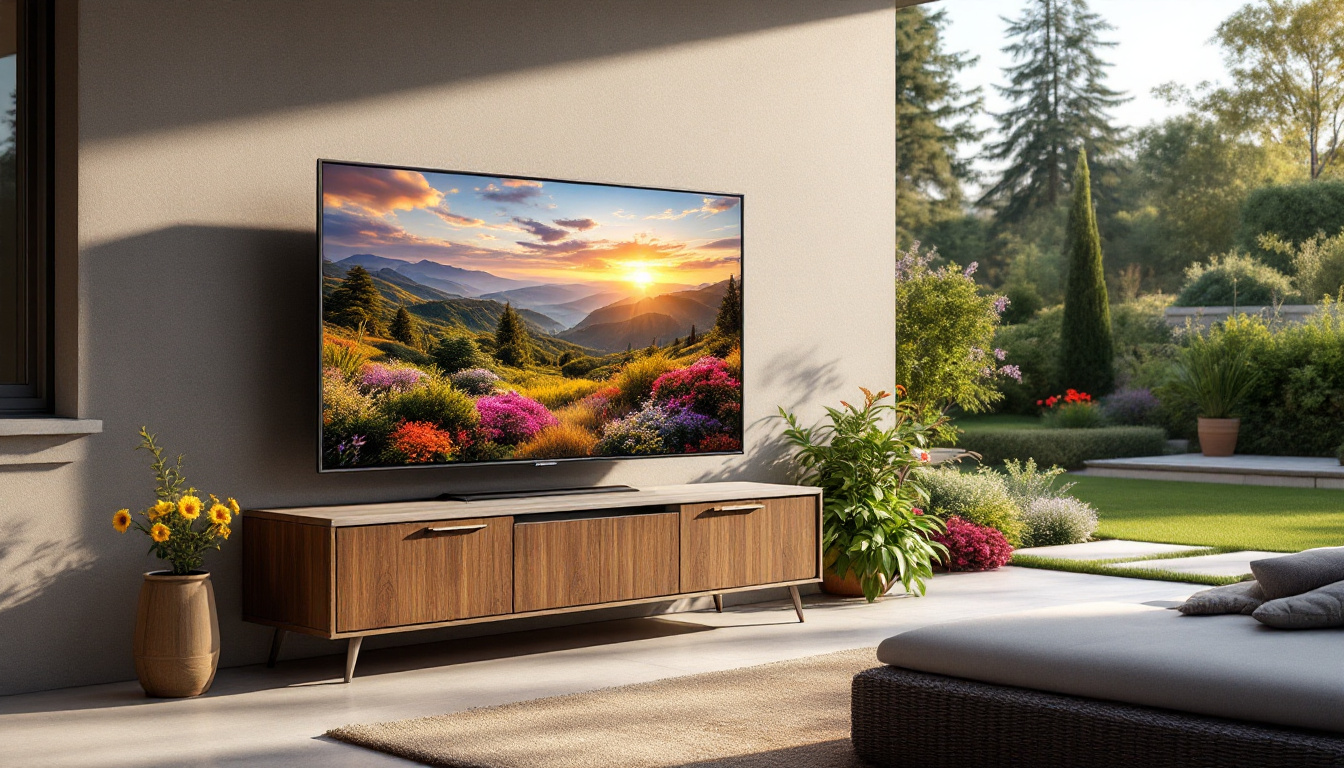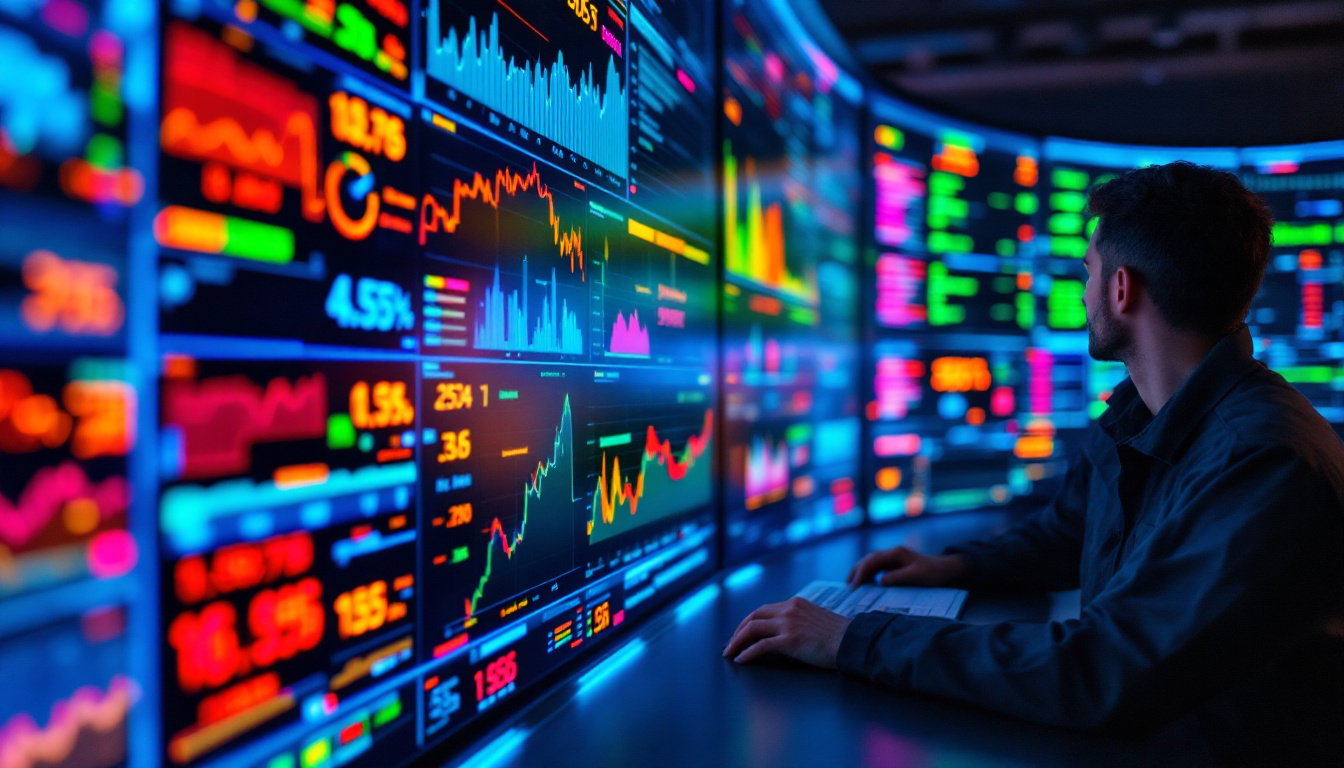Understanding the conversion between centimeters and millimeters is essential in various fields, especially in design, engineering, and technology. This article delves into the specifics of converting 2.6 centimeters to millimeters and explores the significance of LED displays in modern technology. By the end, readers will gain a comprehensive understanding of both measurement conversions and the functionality of LED displays.
Understanding Measurement Conversions
Basics of Metric Units
The metric system is a decimal-based system of measurement that is widely used around the world. It includes units such as meters, liters, and grams, with centimeters (cm) and millimeters (mm) being two commonly used units of length. One centimeter is equivalent to ten millimeters, making conversions straightforward. This simplicity is one of the reasons the metric system is favored in scientific and technical fields, as it reduces the likelihood of errors during conversions.
To convert centimeters to millimeters, one simply multiplies the number of centimeters by ten. Therefore, to convert 2.6 cm to mm, the calculation would be:
2.6 cm × 10 = 26 mm
Additionally, the metric system also includes larger units such as kilometers (km) for measuring distance, which can be particularly useful for geographical and travel-related contexts. For instance, understanding that 1 kilometer equals 1,000 meters helps in grasping the scale of distances when planning trips or analyzing geographical data. This interconnectedness of units within the metric system enhances its usability and accessibility for various applications.
Importance of Accurate Conversions
Accurate measurement conversions are crucial in various applications. In engineering and manufacturing, precise measurements ensure that components fit together correctly. In design, whether it’s graphic design or product design, understanding dimensions can significantly impact aesthetics and functionality. For example, a slight miscalculation in dimensions can lead to a product that is either too large or too small, potentially resulting in costly redesigns and wasted materials.
Moreover, in fields such as healthcare, accurate measurements can be vital for patient care and medication dosages. A small error in converting units can lead to administering the wrong dosage, which can have serious consequences for patient safety. Thus, knowing how to convert between different units of measurement is a valuable skill across multiple disciplines. This skill is not only important for professionals but also for everyday tasks, such as cooking, where recipe measurements often require conversions to ensure the right balance of ingredients. Understanding these conversions can enhance culinary skills and lead to more successful outcomes in the kitchen.
LED Displays: A Modern Marvel
What is an LED Display?
An LED (Light Emitting Diode) display is a flat panel display technology that uses light-emitting diodes to produce images. These displays are known for their brightness, energy efficiency, and ability to produce vibrant colors. They are commonly found in televisions, computer monitors, and digital signage.
LED displays can be categorized into different types, including direct view LED displays, LED-backlit LCD displays, and OLED displays. Each type has its unique characteristics and applications, but they all leverage the principles of LED technology to deliver superior visual experiences. For instance, direct view LED displays are often used in large outdoor screens, such as those found in stadiums and concert venues, due to their high brightness and visibility in direct sunlight. On the other hand, OLED displays, which use organic compounds to emit light, are celebrated for their deep blacks and wide viewing angles, making them a popular choice for high-end televisions and smartphones.
How LED Displays Work
At the core of LED display technology is the LED itself, which is a semiconductor device that emits light when an electric current passes through it. In an LED display, thousands or even millions of these diodes are arranged in a grid, allowing for the creation of images and videos.
The display works by turning individual LEDs on and off at high speeds, creating the illusion of motion and color. The intensity and color of the light emitted by each diode can be controlled, enabling the display to produce a wide range of colors and brightness levels. This capability is particularly important in applications such as advertising, where dynamic content can capture attention more effectively. Moreover, advancements in technology have led to the development of smart LED displays that can adjust their brightness based on ambient light conditions, enhancing visibility while conserving energy. These innovations not only improve user experience but also contribute to sustainability efforts by reducing power consumption in both residential and commercial settings.
Applications of LED Displays
Consumer Electronics
LED displays have revolutionized consumer electronics, particularly in the television and computer monitor markets. The clarity, color accuracy, and energy efficiency of LED technology have made it the preferred choice for manufacturers and consumers alike.
Modern televisions often feature 4K and 8K resolutions, providing stunning picture quality that enhances the viewing experience. Additionally, gaming monitors equipped with LED technology offer fast refresh rates and low response times, catering to the needs of gamers.
Advertising and Signage
In the realm of advertising, LED displays have become a staple for digital signage. Businesses utilize large LED screens to capture the attention of passersby, displaying dynamic advertisements and promotional content. These displays are not only eye-catching but also allow for real-time updates and customization.
From billboards to storefront displays, LED technology enables businesses to communicate effectively with their audience. The ability to change content quickly and easily makes LED displays a flexible solution for marketing strategies.
Outdoor and Architectural Lighting
Beyond traditional display applications, LED technology has found its way into outdoor and architectural lighting. LED lights are used to illuminate buildings, parks, and public spaces, enhancing safety and aesthetics.
Architects and designers leverage LED lighting to create visually stunning environments, using color-changing LEDs to transform spaces. This versatility makes LED technology a popular choice for both functional and decorative purposes.
Advantages of LED Displays
Energy Efficiency
One of the most significant advantages of LED displays is their energy efficiency. Compared to traditional display technologies, such as CRT or LCD, LED displays consume considerably less power. This not only reduces electricity costs but also contributes to a smaller carbon footprint.
As energy costs continue to rise and environmental concerns become more pressing, the shift towards energy-efficient technologies like LED displays is increasingly important. Businesses and consumers alike benefit from the cost savings and sustainability that LED technology offers.
Longevity and Durability
LED displays are known for their longevity and durability. With a lifespan that can exceed 50,000 hours, these displays require less frequent replacements compared to traditional lighting technologies. This longevity translates to lower maintenance costs and less waste, making LED displays a wise investment.
Additionally, LED displays are more resistant to shock and vibration, making them suitable for a variety of environments, including outdoor settings where weather conditions can be unpredictable.
High Brightness and Contrast
LED displays excel in brightness and contrast levels, making them ideal for use in both indoor and outdoor environments. The ability to produce bright images even in direct sunlight is a significant advantage for outdoor signage and displays.
Furthermore, the high contrast ratio of LED displays enhances the viewing experience, allowing for deeper blacks and more vibrant colors. This capability is particularly beneficial in applications where visual clarity is paramount, such as medical imaging and graphic design.
Challenges and Considerations
Cost Factors
While LED displays offer numerous advantages, the initial cost can be a barrier for some consumers and businesses. High-quality LED displays, particularly large ones, can be expensive to purchase and install. However, it is essential to consider the long-term savings associated with energy efficiency and reduced maintenance costs.
As technology advances and production methods improve, the cost of LED displays is gradually decreasing, making them more accessible to a broader audience.
Color Calibration
Another challenge with LED displays is the need for proper color calibration. Variations in LED quality and manufacturing processes can lead to discrepancies in color accuracy. For applications where color precision is critical, such as graphic design and photography, it is vital to invest in high-quality displays and perform regular calibrations.
Many professional-grade LED displays come with built-in calibration tools or software to assist users in achieving accurate color representation.
The Future of LED Technology
Innovations on the Horizon
The LED display market is continuously evolving, with innovations emerging regularly. Advancements in technology are leading to the development of thinner, lighter, and more flexible displays. These innovations open up new possibilities for applications in various industries.
For instance, flexible LED displays can be integrated into clothing, accessories, and even furniture, creating interactive and dynamic environments. As research and development continue, the potential for LED technology is virtually limitless.
Integration with Smart Technology
As smart technology becomes increasingly prevalent, the integration of LED displays with smart systems is on the rise. Smart LED displays can connect to the internet, allowing for remote management and real-time updates. This capability is particularly beneficial for businesses that rely on dynamic advertising and communication.
Moreover, the incorporation of artificial intelligence (AI) into LED display systems can enhance user experiences by providing personalized content based on viewer preferences and behaviors.
Conclusion
In conclusion, understanding the conversion of 2.6 cm to mm is just a small part of the broader context of measurement and technology. LED displays represent a significant advancement in visual technology, offering numerous advantages across various applications. From consumer electronics to advertising and architectural lighting, LED displays have transformed the way information is conveyed and experienced.
As technology continues to advance, the future of LED displays looks promising, with innovations that will further enhance their functionality and integration into everyday life. Whether for personal use or business applications, the impact of LED technology is undeniable, making it a crucial area of focus in the modern world.
Explore Cutting-Edge LED Display Solutions
Ready to elevate your visual experience with the latest in LED technology? LumenMatrix is at the forefront of innovative LED display solutions, offering a wide range of products from Indoor and Outdoor LED Wall Displays to specialized options like Vehicle, Sports, and Floor LED Displays. Our mission is to transform your visual communication, ensuring your message resonates with brilliance and precision. Don’t miss the opportunity to captivate your audience with unparalleled clarity. Check out LumenMatrix LED Display Solutions today and see the difference for yourself.

